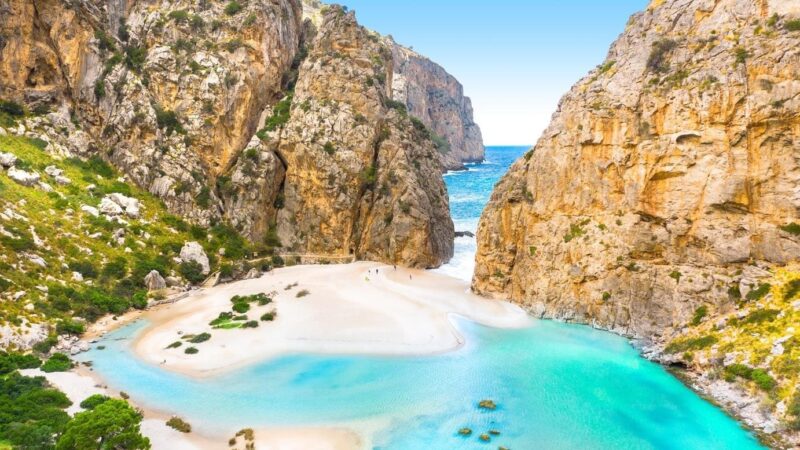Not every summer trip has to be about squeezing into crowded beach towns or paying three times the regular price for a view of the sea. Europe still hides places that feel like secrets—coastal towns and islands that don’t appear in every Instagram itinerary. These destinations don’t need a filter or a crowd to feel magical.
What makes them truly worth the visit? Their simplicity, quiet beauty, and the feeling that you’ve arrived somewhere still shaped by local life, not tourism trends.
Key Highlights for Summer Travelers
- Cleaner, quieter beaches without the rush
- Local food, fewer chains, and more authenticity
- Easier to find accommodation, often at better prices
- Balanced mix of culture, nature, and calm
- Great for travelers who like walking, swimming, and slowing down
1. Comporta, Portugal – Peaceful Sophistication on the Atlantic Coast
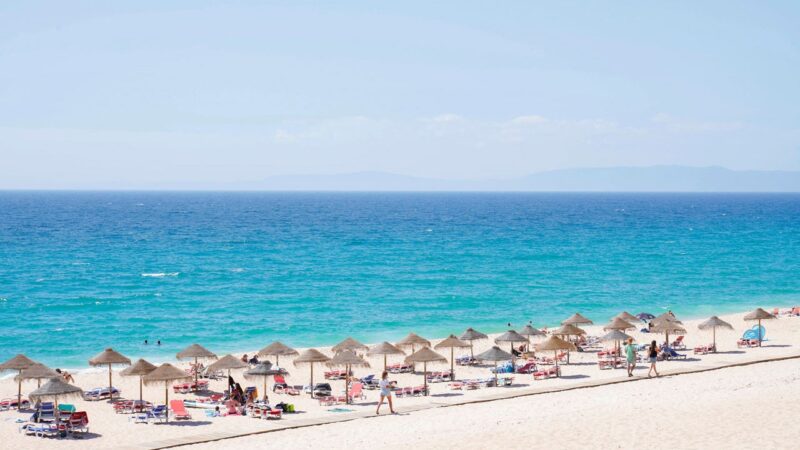
Location: Southwest of Lisbon, near the Sado River estuary
The first time I visited Comporta, I expected a sleepy town. What I found was a calm stretch of coast lined with dunes, rice paddies, and minimalist beach houses that blend into the landscape. It’s the kind of place where everyone seems to move slower—in a good way.
What stands out in Comporta is the balance. Yes, there’s luxury, but it’s discreet. Beach restaurants serve fresh octopus and vinho verde, while surf schools dot the coastline without overwhelming it.
What I appreciated most:
- The soft, wind-shaped dunes of Praia da Comporta
- Stylish but low-key boutiques and cafes
- Horseback rides along the beach in the early morning light
Local tip: Skip day-tripping and stay for a few nights—sunsets are worth it.
2. Korčula, Croatia – Quiet Heritage with Coastal Soul
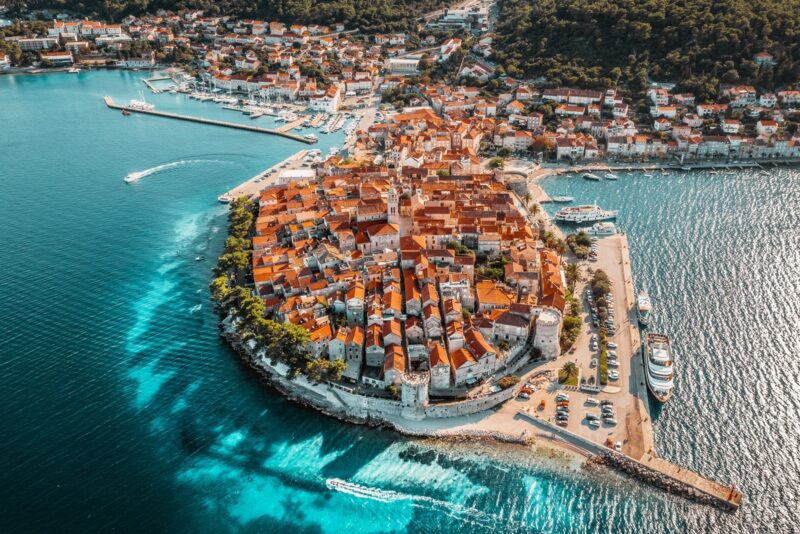
Location: Southern Dalmatian coast, accessible by ferry from Split or Dubrovnik
Korčula feels like a medieval town that time forgot—but in the best way. Its stone walls, winding alleys, and calm sea make it one of Croatia’s most charming islands. And even in July, it doesn’t feel overrun.
The town of Korčula is often compared to Dubrovnik, but it’s more relaxed and affordable. I spent hours wandering the old streets, sipping coffee in shaded courtyards, and watching kids jump off the promenade into the sea.
Highlights worth noting:
- Allegedly the birthplace of Marco Polo
- Excellent white wines from local Grk and Pošip grapes
- Calm bays perfect for paddleboarding and sunset swims
Fun fact: The Moreska sword dance—performed here for centuries—is still staged every week in summer.
3. Brela, Croatia – Luxe Tranquility on the Makarska Riviera
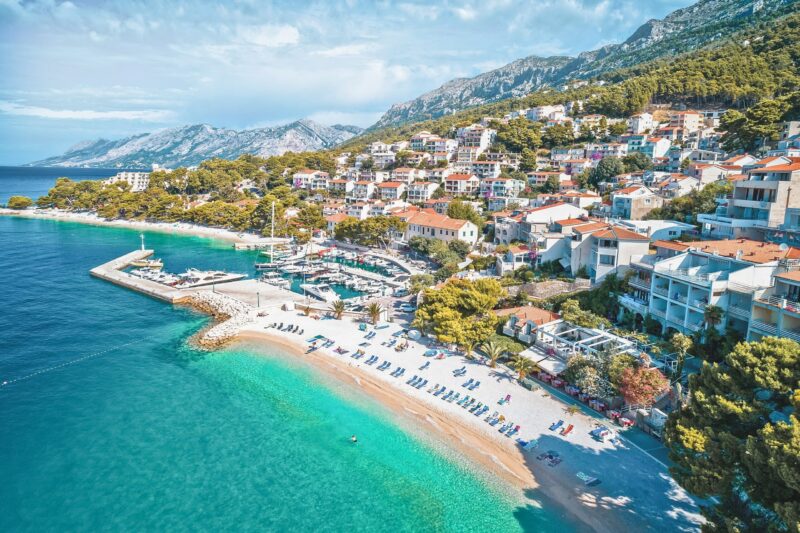
Location: Central Dalmatian coast, near Makarska
I discovered Brela by accident—looking for somewhere quieter than Split but not too far off-track. It was perfect. The pebbled beaches are framed by pine trees, and the water is as clear as glass.
If you’re someone who enjoys waking up to the sound of waves, aurora beachfront brela is probably your dream stay. Located just steps from the shoreline, it offers sea views and a calm atmosphere, without the flashiness of big resorts.
Why Brela stands out:
- Perfectly walkable waterfront paths and shaded promenades
- The Brela Stone (Kamen Brela), a picturesque rock emerging from the sea
- Easy access to nearby nature parks and the Biokovo mountain
Best moment: Grilled sea bass and white wine at sunset, with my toes still sandy.
4. Ksamil, Albania – The Balkans’ Best-Kept Coastal Secret
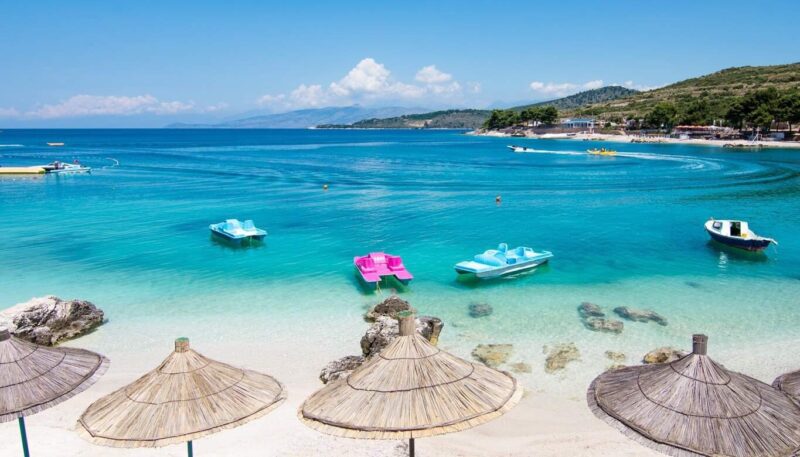
Location: Southern Albania, inside Butrint National Park
Ksamil is still flying under the radar, but it won’t be for long. The water looks like something from the Caribbean, and the prices feel like a time machine to 2005. I stayed in a guesthouse run by a local family who served fresh figs with breakfast.
The beaches are organized but not chaotic. There are little islets offshore you can paddle to, and the food is absurdly good—grilled fish, feta salads, and homemade raki.
What makes Ksamil special:
- Unmatched water clarity and shallow lagoons
- Easy access to Butrint ruins, a UNESCO World Heritage Site
- Affordable meals and family-run accommodations
Tip: Go in early June before peak season brings larger local crowds.
5. Sperlonga, Italy – Whitewashed Elegance Between Two Giants
Location: On the coast between Rome and Naples
Sperlonga surprised me. For a town so perfectly positioned, it was refreshingly free of mass tourism. The white buildings and bougainvillea-covered streets climb up from the beach, giving it a Greek island feel.
There’s country history here too. The ruins of Emperor Tiberius’s villa sit just outside town, complete with a sea grotto and a small museum.
Noteworthy features:
- A mix of sandy and rocky beaches with clean facilities
- The old town’s terraced cafés with sea views
- Family-friendly and walkable, even in peak summer
Highlight: Watching locals gather in the main square at dusk, just talking and eating gelato—no rush.
6. Sète, France – A Coastal Town with Character and Canals
Location: Southern France, near Montpellier
Sète doesn’t pretend to be a resort town—it’s a working port with strong roots in seafood, art, and music. I loved how authentic it felt. The markets are alive with color, and the smell of fresh mussels lingers near the waterfront.
The beaches stretch wide, and the Thau Lagoon is a paradise for oyster lovers.
Sète’s subtle charm lies in:
- Canal-side cafes and seafood markets
- Quiet, wide beaches just a bike ride from the center
- Strong arts scene, including a summer poetry festival
Water jousting is a real thing here—and it’s oddly entertaining.
7. Cíes Islands, Spain – Wild, Windy, and Unforgettable
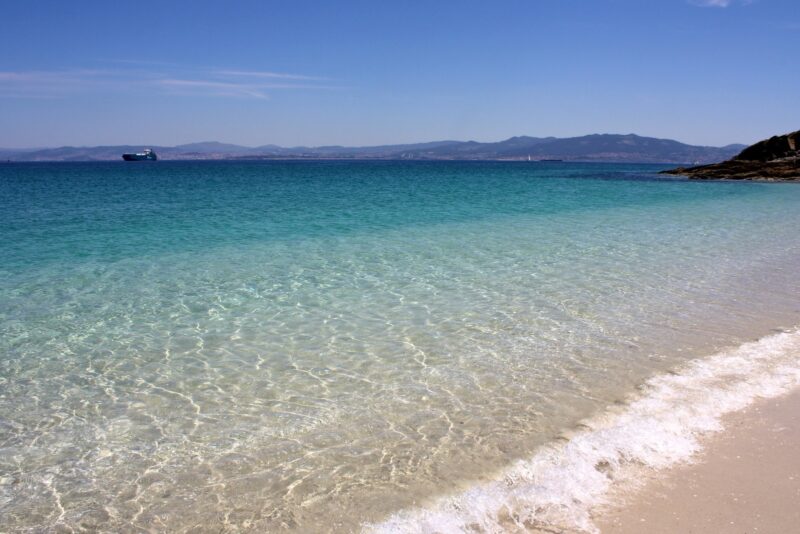
Location: Off the coast of Galicia, northwest Spain
These islands feel like another planet. No hotels. No cars. Just cliffs, forest, and a beach (Playa de Rodas) that National Geographic once called the best in the world. And yes, it really is that good.
You have to catch a ferry from Vigo, and spots are limited. I camped for two nights, and it was some of the best sleep I’ve had outdoors.
Key features of the Cíes experience:
- Soft white sand and glowing blue-green water
- Well-marked hiking trails to lighthouse viewpoints
- Quiet nights—no artificial light, just stars and ocean sounds
Reminder: Book your permit and ferry ticket ahead. They go fast.
8. Syros, Greece – Cycladic, But With a Different Vibe
Location: In the Cyclades, close to Mykonos but a world away
Syros doesn’t chase tourists—it functions on its own rhythm. Ermoupoli, the island’s capital, looks like a 19th-century painting, all pastel buildings and neoclassical details.
Unlike the nightlife-heavy neighboring islands, Syros feels like a place people actually live in year-round.
Why I’ll go back:
- Marble-paved streets and elegant architecture
- Local tavernas with amazing moussaka and Syros cheese
- Clear beaches where it’s mostly locals swimming after work
Unexpected bonus: Excellent local pastries (try loukoumia!).
9. Elafonisos, Greece – Small Island, Big Calm
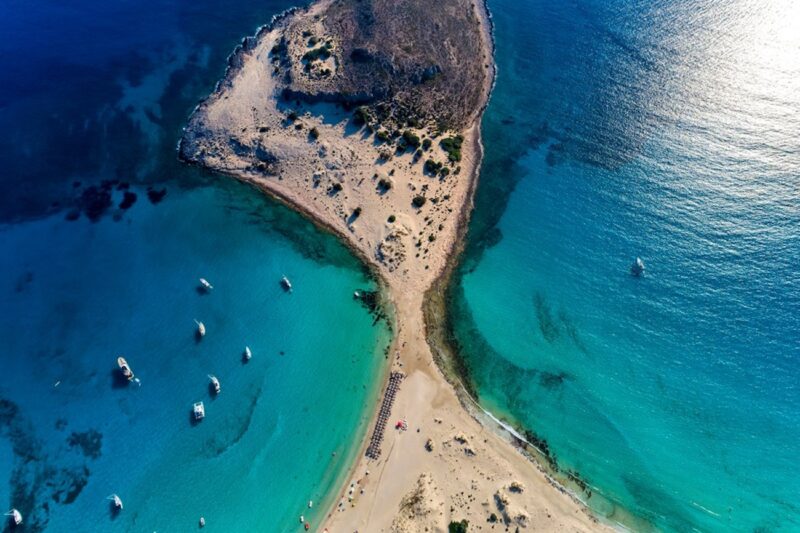
Location: Off the coast of the Peloponnese, southern Greece
I almost skipped Elafonisos, but I’m glad I didn’t. It’s tiny—just 19 km²—but its beaches are incredible. Simos Beach is the main attraction, with dunes, shallow turquoise water, and zero stress.
There’s not much nightlife, but that’s the point. The pace slows down here in the best possible way.
What stood out:
- Walking barefoot from the campsite straight into the water
- No resorts—just guesthouses and tavernas
- Peaceful sunsets with no crowds or camera flashes
Suggestion: Bring cash; there are few ATMs and no big stores.
10. Pelješac Peninsula, Croatia – Wine by the Sea, Without the Hype
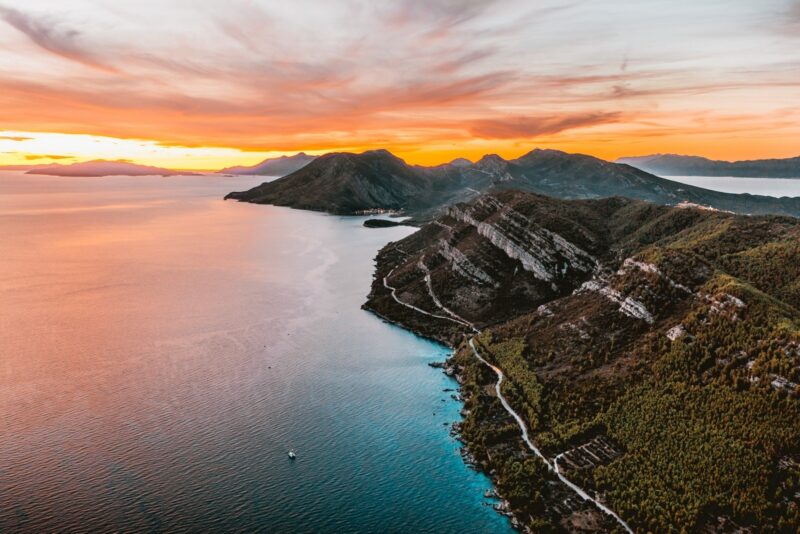
Location: North of Dubrovnik, stretching toward the island of Korčula
I don’t know why more people don’t go here. Pelješac offers vineyards, seafood, beaches, and fewer people—all in one scenic peninsula. I stayed in Trpanj, a quiet town where the sea was so still in the morning you could hear the pebbles shift.
The wine culture here is strong, especially Dingač reds. And for adventure, Viganj is one of the best windsurfing spots in Croatia.
Best things to do:
- Visit family-run wineries along the main coastal road
- Sample fresh oysters in Ston, where they’ve been farmed since Roman times
- Hike to remote beaches or drive up to scenic viewpoints
Bonus: Pelješac Bridge makes getting here easier than ever.
Final Thoughts
Every one of these destinations offers something you won’t find in a guidebook crowd-pleaser: space. Space to relax, to breathe, to enjoy a summer without queues or pretense. Whether it’s camping on a protected island or sipping wine by the sea, these places show that the best kind of luxury might just be silence, time, and sun.

